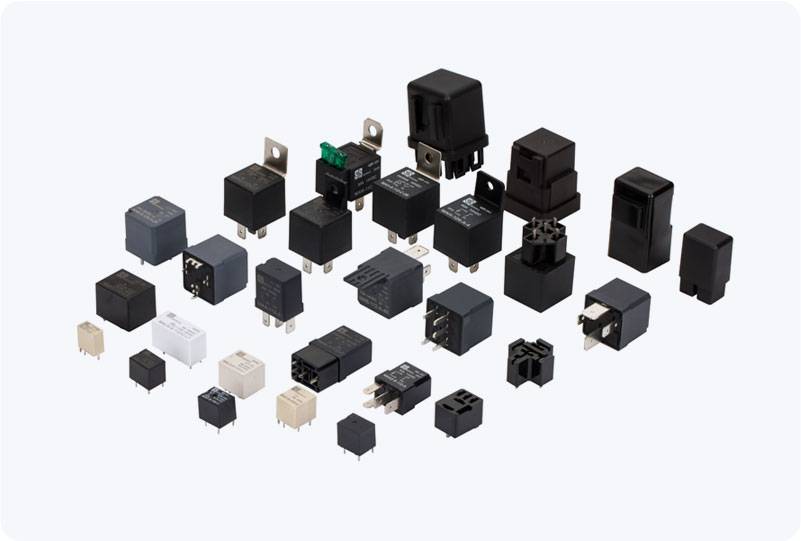understanding solid state relay: a modern solution for efficient control
Release time:2025-05-11 23:50:02
In the world of electrical control systems, relays play an essential role in facilitating the automation and management of various devices. One such advanced type of relay is the Solid State Relay (SSR), which has gained widespread popularity due to its reliability, efficiency, and durability. Unlike traditional electromechanical relays, Solid State Relays operate without moving parts, providing a significant advantage in numerous industrial applications. This article explores the functionality, benefits, and applications of Solid State Relays, emphasizing why they are becoming a critical component in modern electrical systems.

What is a Solid State Relay?
A Solid State Relay (SSR) is an electronic switching device that uses semiconductor components, such as thyristors, triacs, or MOSFETs, to perform the same function as a mechanical relay. It is designed to switch electrical circuits on and off without using any moving parts. This absence of mechanical components results in faster response times, higher efficiency, and a longer operational life compared to traditional relays.
SSRs can switch a variety of electrical loads, including AC and DC systems, and are capable of handling high voltage and current levels. They work by receiving a control signal, which triggers the SSR to activate or deactivate the circuit it is connected to. In most cases, the control signal is a low voltage, which can be controlled via a microcontroller or a low-power switch.

